How Does Working with Meds and Eds Benefit Community-Based Organizations?
“Meds” – medical arts and hospital campuses – and “Eds” – educational institutions – are often anchor members of geography-based (place-based) communities, due in part to their large footprints or physical campus presence, generated foot traffic, large employee bases, and ancillary community service programs. As partners for community-based organizations, (specifically place-based groups), medical and educational institutions can serve as amazing resources to expand service provision and awareness of an organization, its programs, or stakeholders. These groups have provided invaluable resources including research teams, messaging, in-kind contributions, and financial support. At Perch Advisors, our work has led us to neighborhoods across the boroughs, and our clients often have introduced us to their medical or educational partners or begun working more closely with them upon our suggestions and efforts.
My recent experience has had me working with a local Park Slope public school, CUNY’s Hunter College, NY Presbyterian, and St. John’s Episcopal Hospital. I've learned to be creative, empathetic to broader issues, and persistent in determining and delivering outcomes. Plus, some younger students have shared new concepts and technical platforms (something about old dogs, new tricks comes to mind).
The anchors’ shared interests in clean, safe, and inviting commercial corridors adjacent to or surrounding their campuses support many merchants' groups and business districts' objectives. We have seen this in the exploration and development of Business Improvement Districts (BIDs) in Brooklyn and Queens. Major medical institutions have supported the creation of BIDs or commercial corridor programs. These groups have welcomed and hosted steering committee meetings in their facilities, contributed refreshments, and provided their institutional knowledge among other resources. And despite these entities typically being “not for profit”, they often will decline exemption status and support as an assessment-paying member via a formal or informal arrangement that contributes to these organizations through a special class assessment or as outlined in a memorandum of understanding (MOU).
It can be challenging to distribute messaging to appropriate audiences. The number of platforms and outlets where people receive information is varied. Working with partner groups like “Meds & Eds” can be incredibly effective. Students, professors, doctors, nurses, patients, caregivers, and neighbors make up many of the stakeholder populations at these institutions, and they are inevitably consumers and have an interest in their surrounding neighborhoods. These groups and CBOs often share stakeholders. Intentional communications partnerships can supply CBOs with community content and also “share the word” on the groups' programs and activities, thereby spreading awareness – particularly among audiences that are more relevant than other, broader readerships who would usually consume print and other traditional media.
Community relationships (especially formal “partnerships”) can bring much-needed “cachet” or an element of prestige and or approval. These “stamps of approval” (read: logos, participation) can validate the CBOs' efforts, build trust within the community, and encourage stakeholders to add levels of confidence to the work and to the efforts being made. This can be effective, especially when conducting research in coordination with educational institutions or in attracting more program partners and participants. Often, medical institutions prioritize supporting communities with their marketing budgets. These dollars can support sponsorships for events, banner campaigns, workshops, or similar activities. These opportunities not only support CBOs’ costs but also allow for the institutions to build an awareness of their own brands and increase favorable perceptions.
Finally, relationships with Meds & Eds provide “infrastructure” resources. That is to say, infrastructure as defined loosely to include physical resources like venues (meeting rooms, conference or exhibit spaces) or human resources (volunteer groups or research teams). The, oftentime, large campuses of hospitals and universities typically can provide these spaces for community use at no-cost/low-cost rates. Finding spaces to host events can be troublesome for small, less resourced organizations, and it’s well-worth building and maintaining these relationships for that reason. I have been fortunate to work with local colleges and universities to support organizations in developing deeper understandings of their work, building better practices, and providing measurable data for advocacy and further resource building. Many degree programs require practical experience and integrate “real clients” into coursework. Finding appropriate education departments to support community needs can include business tracts like marketing and management, social science tracts with community perceptions, or more direct-place based projects with urban planning or real estate programs. While working with these student groups, I found myself increasing my awareness of new “technologies” or digital platforms to employ and further broadening my knowledge of alternative narratives, communities, and associated issues.
Supporting CBOs can be isolating for leaders – in part due to smaller budgets that cannot support staffing. Perch Advisors has the fortune of working with various types of community-based organizations, and we encourage our team and clients to not sleep on these large institutions to support necessary efforts. But don’t just think that by asking for some of the resources I’ve identified above, they will be readily disbursed. I suggest building out the relationships, providing reciprocity, offering value, and focusing on the mutual needs of the groups involved. Success is possible if you make the investment in nurturing the “Meds & Eds” for placed-based organizations that you support.
